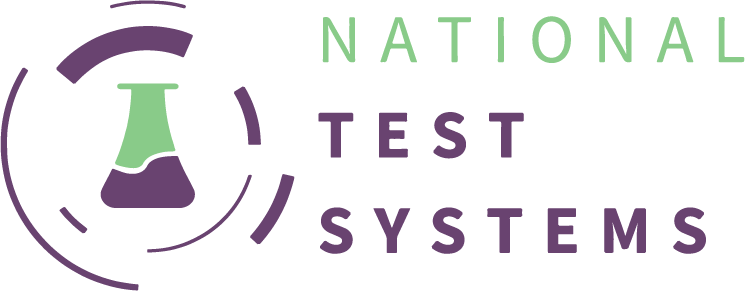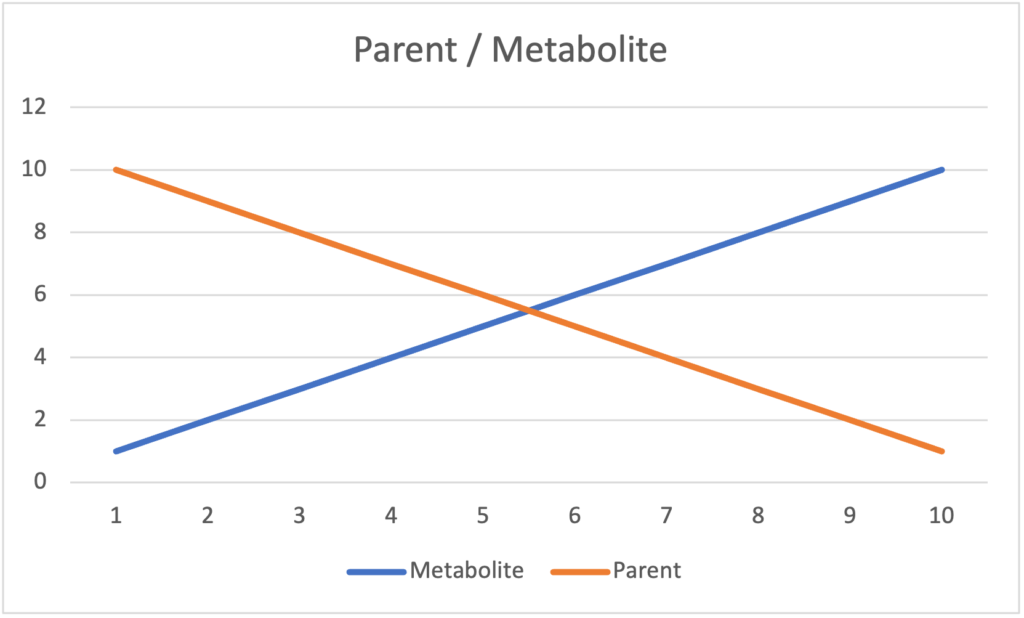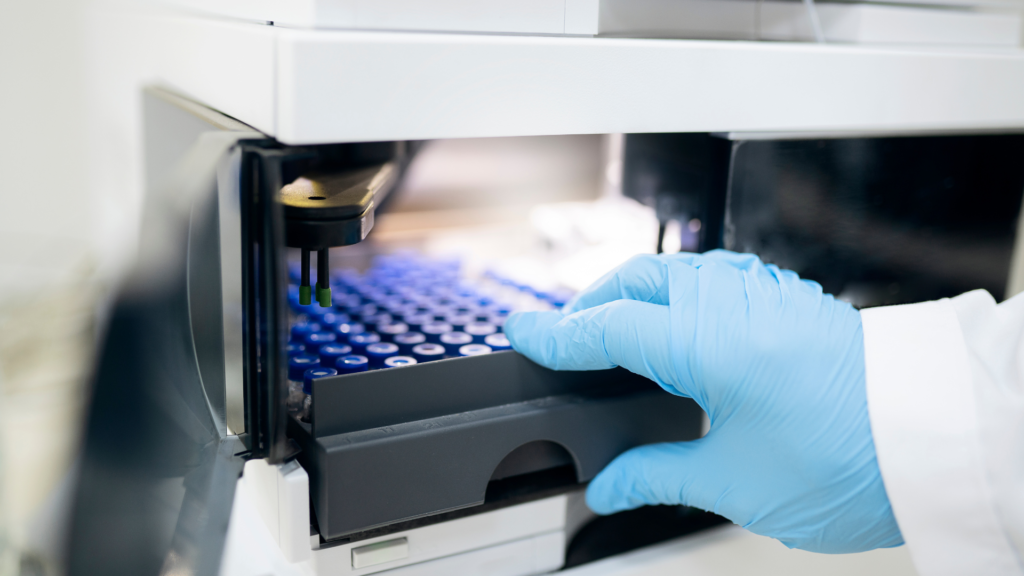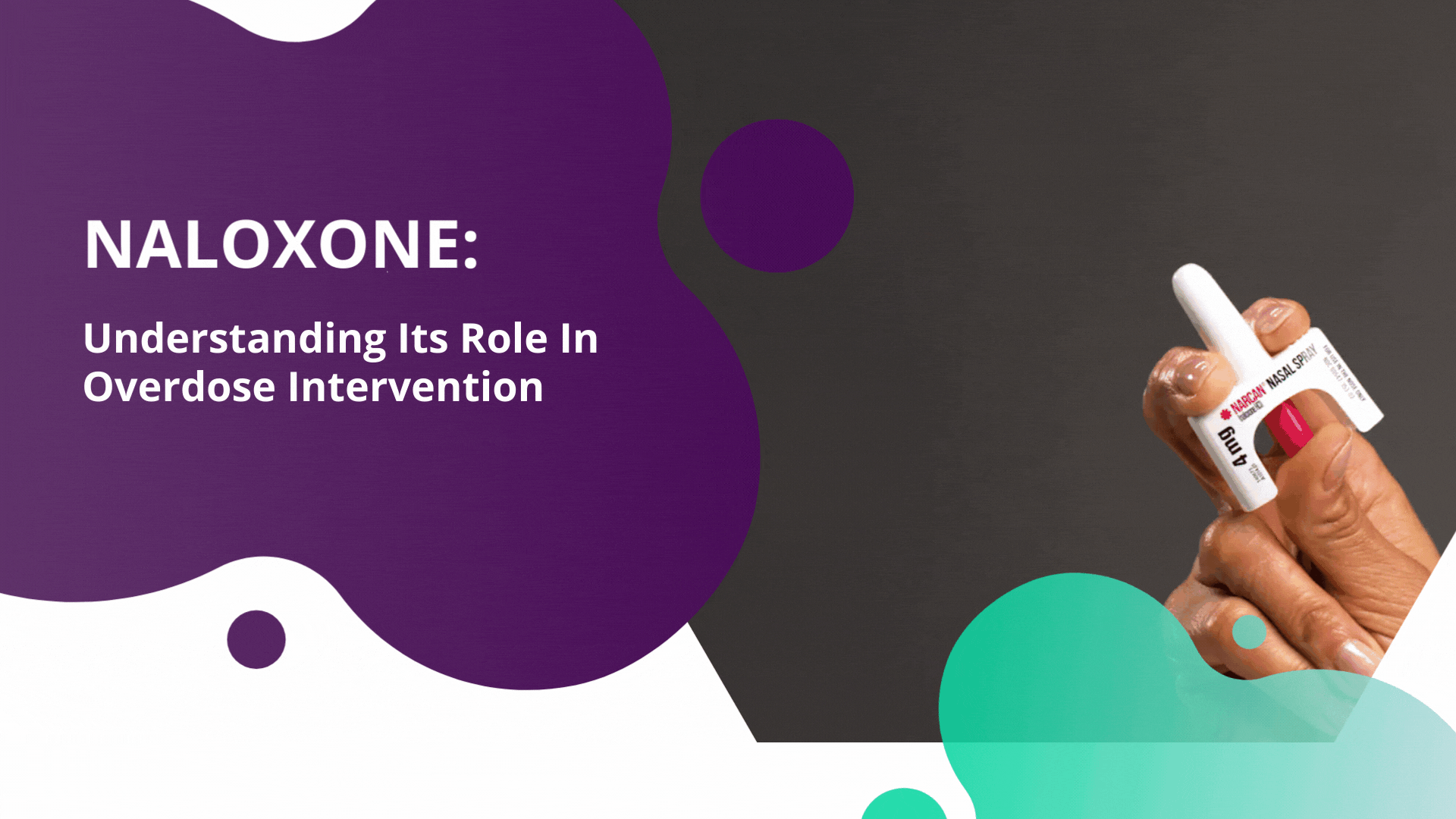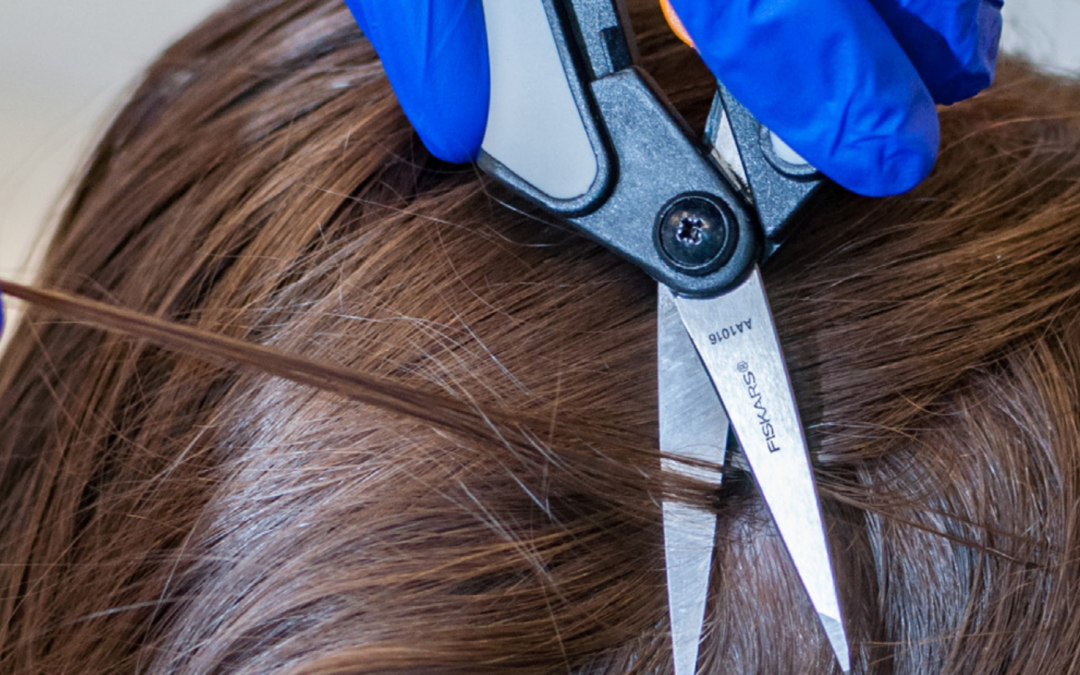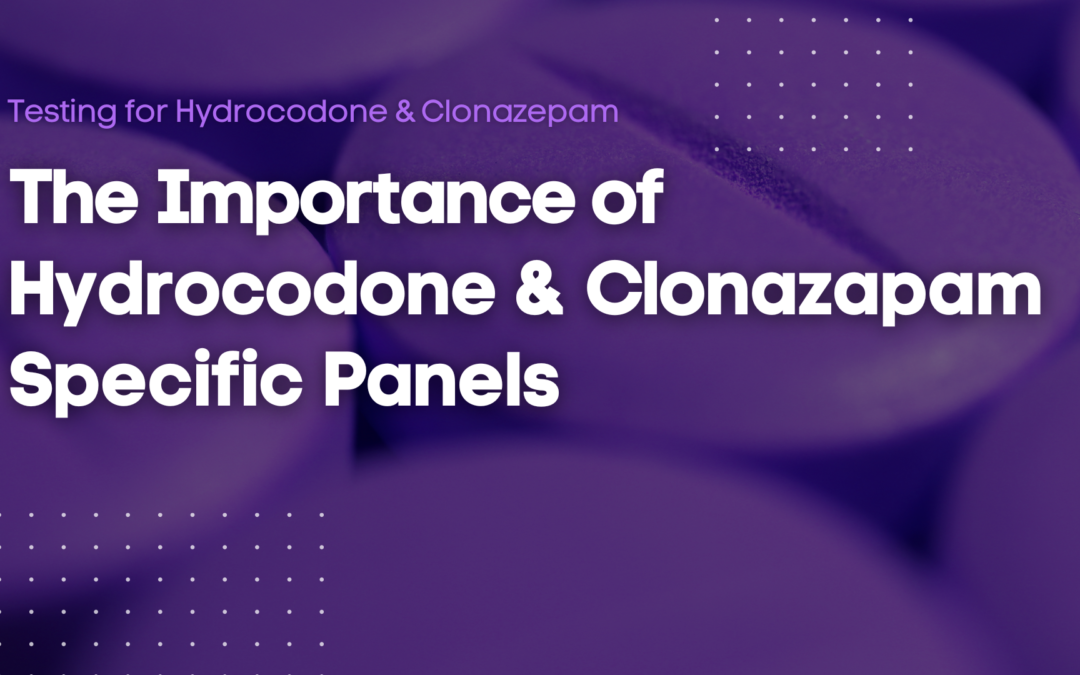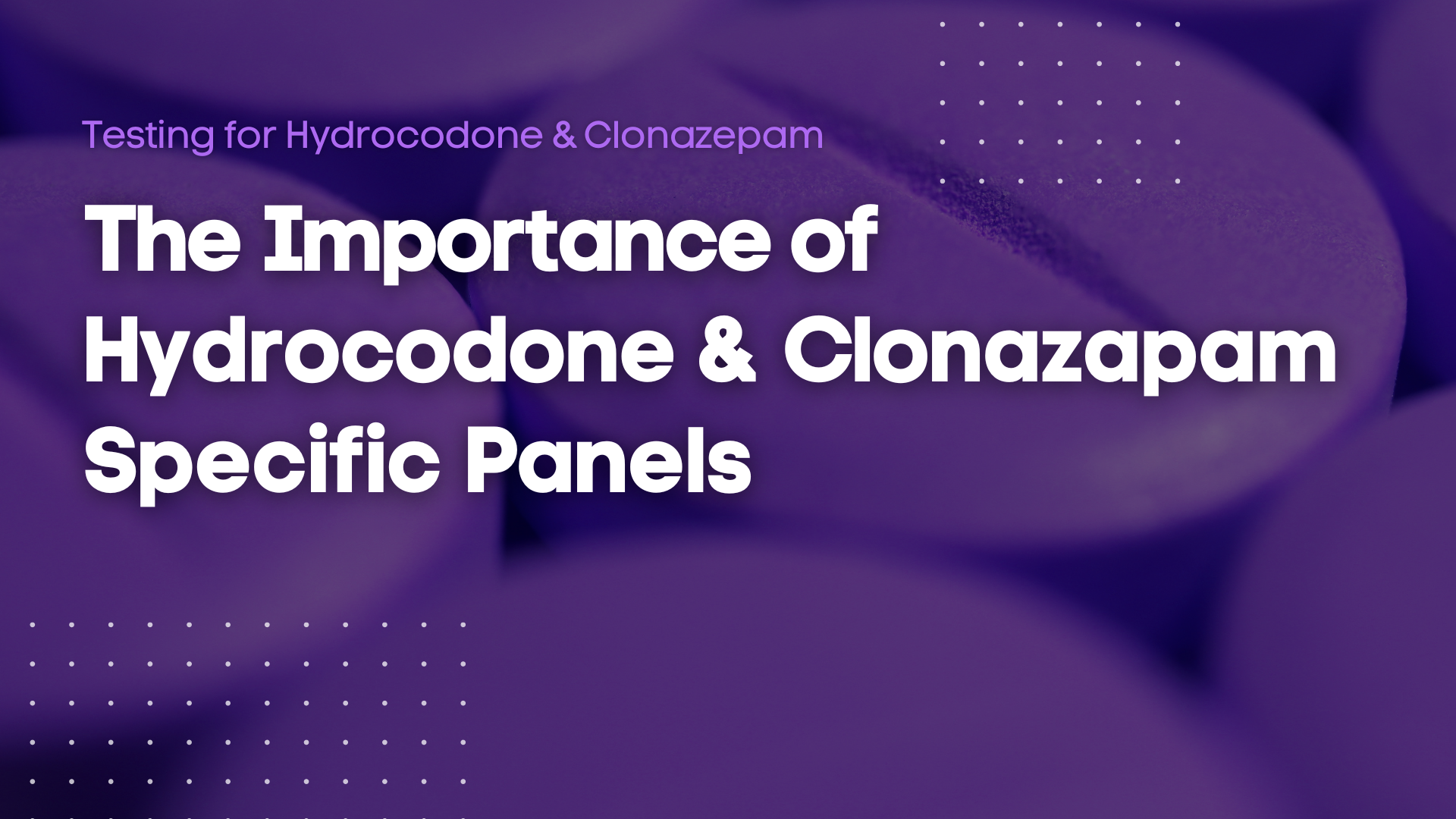
Medetomidine: A Rising Drug of Concern

In recent months, the emergence of Medetomidine as a drug of concern has alarmed health professionals and law enforcement agencies across North America. Initially detected in Toronto in 2023, Medetomidine cases have now surged in the United States, particularly in Pennsylvania’s Philadelphia and Pittsburgh areas. The Center for Forensic Science Research & Education (CFSRE) has issued a public Alert due to the increasing instances of hospitalizations and overdose events linked to this potent veterinary tranquilizer.
Understanding Medetomidine
Medetomidine, sold under the brand name Domitor, is primarily approved for veterinary use on canines in the U.S. It belongs to a class of drugs known as alpha-2 adrenergic agonists, which also includes Romifidine and Detomidine. These substances share similar chemical structures and effects, including sedation, analgesia (pain relief), muscle relaxation, and anxiolysis (anxiety reduction). While these effects are beneficial in controlled veterinary settings, their misuse in humans poses significant health risks.
Medetomidine functions by stimulating alpha-2 adrenergic receptors in the central nervous system, leading to a decrease in the release of norepinephrine. This action results in sedation and analgesia. The drug’s potency and efficacy in animals have made it a valuable tool in veterinary medicine. However, these same properties make it particularly dangerous when used improperly in humans.
The rise of Medetomidine misuse began with the first signs observed in Toronto. Since then, the drug has spread to various parts of the U.S., with Pennsylvania being a primary hotspot. In April 2024, Philadelphia witnessed approximately 160 hospitalizations over just a few days, highlighting the drug’s rapid and dangerous impact. Additionally, Chicago has reported mass overdose events, indicating that the issue is not isolated and may soon affect broader regions.
Medetomidine is primarily being used as an additive to street opioids, including Fentanyl, and is also found in counterfeit pills. This trend is particularly concerning because the sedative properties of Medetomidine amplify the effects of opioids, increasing the risk of overdose. Similar to Xylazine, another veterinary tranquilizer misused in the illicit drug market, Medetomidine’s increased potency poses a severe threat to public health.
Reports from hospitals and emergency responders indicate a disturbing pattern of Medetomidine-related incidents. For instance, the surge in Philadelphia hospitalizations is attributed to the drug being mixed with other substances, leading to severe respiratory depression and unconsciousness. Emergency medical services in Chicago have also noted a rise in cases where individuals exhibit extreme sedation and unresponsiveness consistent with Medetomidine exposure.
Challenges in Detection and Treatment
One of the critical challenges in addressing Medetomidine abuse is the lack of effective detection and treatment options. Although it shares similarities with Xylazine, there is currently no instant drug test specifically for Medetomidine. This limitation hampers timely identification and intervention in overdose cases. Furthermore, because Medetomidine is not an opioid, the commonly used overdose reversal drug Narcan (Naloxone) is ineffective against it, complicating emergency response efforts.
Currently, Medetomidine can be detected using advanced laboratory techniques, but these are not readily available in emergency settings. The reliance on comprehensive toxicology screenings means that many cases may go undiagnosed in the initial stages, leading to delayed treatment and increased risk of severe outcomes. Developing rapid testing methods is crucial for improving response times and patient outcomes.
The treatment of Medetomidine overdose focuses primarily on supportive care. This includes maintaining airway patency, providing respiratory support, and monitoring vital signs. In severe cases, mechanical ventilation may be required. The absence of a specific antidote further complicates treatment, emphasizing the need for medical personnel to be well-versed in managing the symptoms associated with alpha-2 adrenergic agonist toxicity.
Public Health Implications, Policy, and Regulatory Considerations
The rise of Medetomidine as a drug of abuse underscores the need for increased vigilance and proactive measures within the public health and law enforcement sectors. Hospitals and emergency responders must be aware of the signs and symptoms of Medetomidine overdose to provide appropriate care. Moreover, the development and deployment of specific drug tests for Medetomidine and similar substances are crucial for early detection and intervention.
Raising public awareness about the dangers of Medetomidine is essential in curbing its spread. Educational campaigns targeting both the general public and healthcare professionals can help disseminate vital information about the risks and signs of Medetomidine misuse. Community outreach programs, informative workshops, and the distribution of educational materials can play significant roles in these efforts.
Addressing the issue of Medetomidine abuse also requires robust policy and regulatory measures. This includes tighter control over the distribution and sale of veterinary tranquilizers and increased surveillance of the illicit drug market. Law enforcement agencies must collaborate with public health officials to monitor and respond to trends in Medetomidine usage and distribution effectively.
Conclusion
Medetomidine represents a growing threat within the landscape of illicit drug use. Its potent effects, combined with its presence as an additive in street opioids and counterfeit pills, make it a significant public health concern. The current lack of effective detection methods and antidotes exacerbates the risk it poses to communities. Addressing this issue requires a coordinated effort between public health officials, law enforcement, and healthcare providers to mitigate the impact of Medetomidine and prevent further harm.
As this situation evolves, staying informed and vigilant is essential. Public awareness and education about the dangers of Medetomidine can play a pivotal role in curbing its spread and ensuring that appropriate measures are taken to protect public health. The development of rapid testing methods and effective treatment protocols is also critical in enhancing the response to Medetomidine-related incidents. By addressing these challenges head-on, we can work towards reducing the incidence of Medetomidine abuse and its associated harms.
Additional Considerations:
Research and Development
Investing in research to better understand Medetomidine’s effects on humans and to develop targeted interventions is crucial. This includes studying its pharmacokinetics and pharmacodynamics in human subjects, as well as exploring potential reversal agents that could mitigate its toxic effects. Collaborative efforts between academic institutions, government agencies, and the pharmaceutical industry can drive advancements in this area.
International Perspectives
While Medetomidine misuse is currently a pressing issue in North America, it is essential to consider its potential impact on a global scale. International cooperation and information sharing can help prevent the spread of Medetomidine abuse to other regions. Learning from the experiences of countries that have successfully managed similar drug crises can provide valuable insights and strategies.
Long-term Public Health Strategies
To combat the rising threat of Medetomidine, long-term public health strategies must be implemented. This includes enhancing substance abuse prevention programs, improving access to addiction treatment services, and addressing the underlying social determinants of drug abuse. A comprehensive approach that combines immediate response efforts with long-term preventive measures can create a more resilient public health system.
Final Thoughts
The emergence of Medetomidine as a drug of abuse highlights the ever-evolving nature of the illicit drug landscape. As new substances enter the market, staying ahead of these trends is essential for protecting public health and safety. By fostering collaboration, investing in research, and prioritizing education and awareness, we can better equip ourselves to handle current and future challenges posed by drugs like Medetomidine. In summary, Medetomidine is a powerful veterinary tranquilizer whose misuse in humans has led to significant public health concerns. Its detection and treatment present unique challenges, necessitating a multi-faceted approach to mitigate its impact. Through concerted efforts across various sectors, we can work towards reducing the harm caused by Medetomidine and safeguarding the health of our communities.
